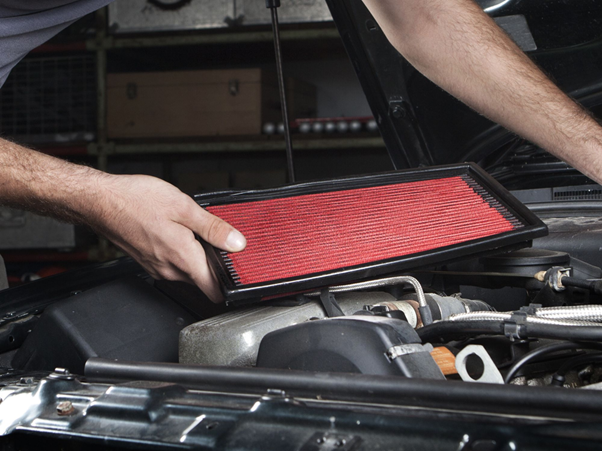Are you checking your cabin air filter?

People with allergies know this experience all too well–they start itching or sneezing when they get into a car. This could be a sign that somewhere in the car, there is a build-up of allergens, possibly dust mites and molds.
Even if you do not have any allergies to such things, it is important to make sure that the air circulating in your car is clean and safe. Your car’s cabin air filter is a good palace to start checking. This is not only for your respiratory health but also for the sake of your wallet. Read on to find out how.
What is a cabin air filter?
A cabin air filter is responsible for catching and filtering dust, pollen, and other harmful pollutants that go into the car’s air conditioning, heating, and ventilation components. Motley found in late-model cars, cabin filters ensure that the air that gets into the car’s cockpit is clean. The filter is usually made of paper-based, multi-fiber cotton engineered to catch small particles.
Most modern cars out in the streets now have a cabin air filter. It was first incorporated into cars’ HVAC (heating, ventilation, and air-conditioning) systems in the 1980s. Prior to this, filtering the air that goes into cars’ cabins used to be a non-issue.
Where is the cabin air filter located?
The cabin air filter usually sits behind the glove box. You can access the filter by removing the glove box from its fasteners. If unsure, you can always consult your car’s manual for the proper removal.
What are some signs that your car’s cabin air filter is bad?
Like all car parts and components, your car’s cabin filter will reach a point of deterioration and overuse, too. How would you know?
The smell is one of the biggest signs you have to check your cabin air filter. Over time, dust and other debris–even water condense–get stuck on the filter. Add these things to mold, and you get a recipe for bad odor.
If you notice low airflow through the vents, this could also be one sign. This is due to the clogging of collected debris.
If you also hear a whistling sound when you turn your blowers on, it’s time to check on the filter. If you drive your car frequently, you would know if what’s coming out of the air vents are normal air sounds or strange ones.
What will happen if you don’t replace a bad cabin air filter?
When a cabin air filter goes bad, the efficiency of the car’s HVAC systems is compromised. Your car’s heating and cooling capacity will be reduced, putting unnecessary stress on the HVAC system of your car.
When should you replace your car’s cabin air filter?
You can always refer to your car’s manual for the replacement frequency of all filters. However, if you notice a persistence of signs of a bad cabin air filter, you can replace it right away. You can do it more frequently if you are prone to respiratory issues.